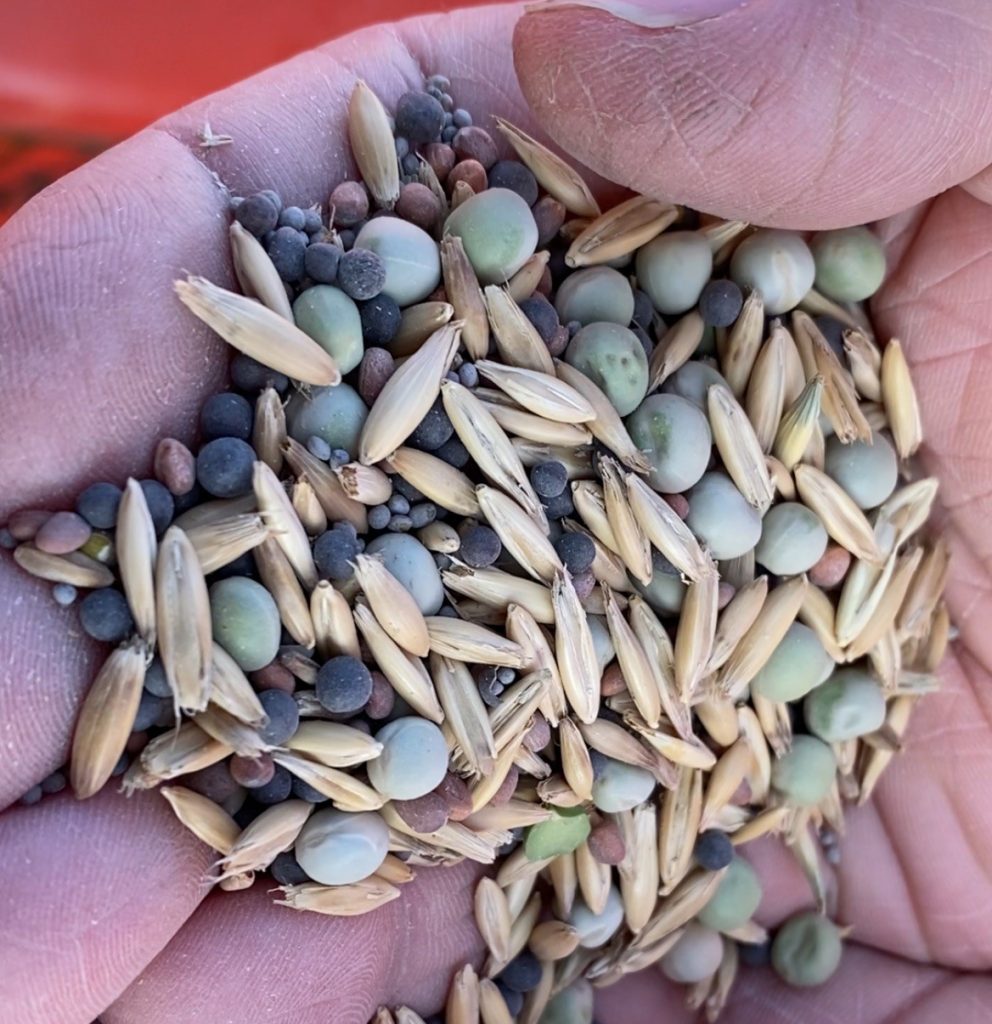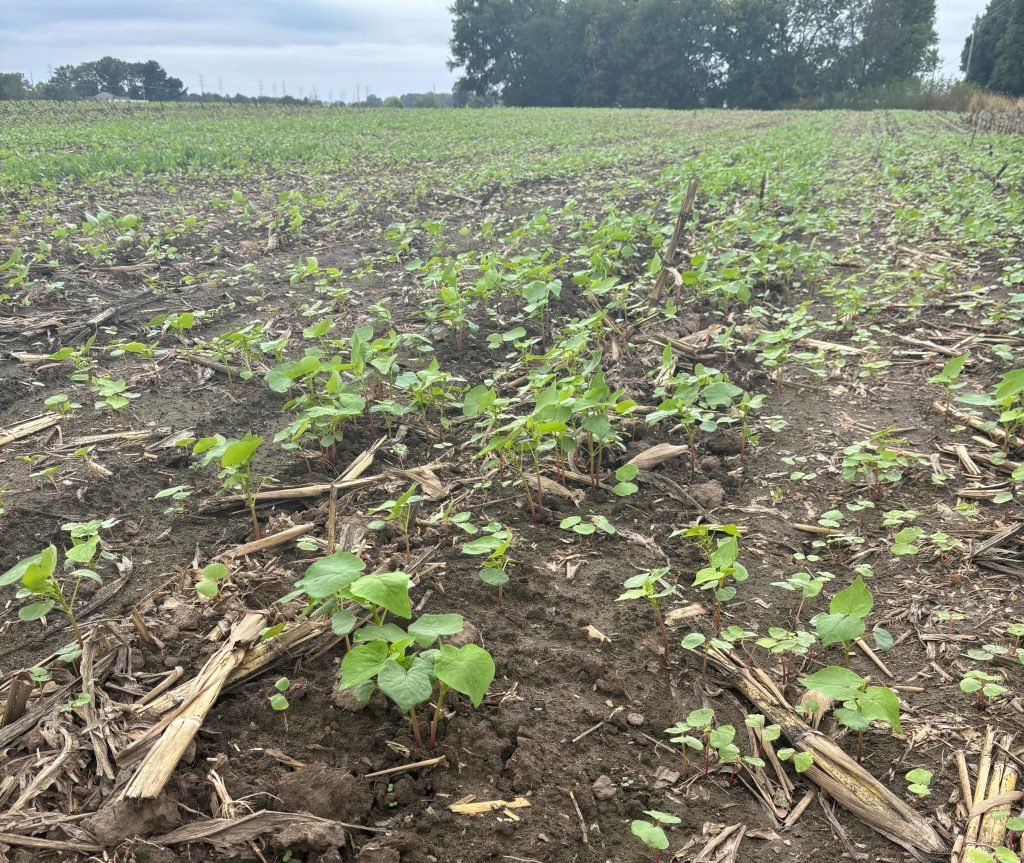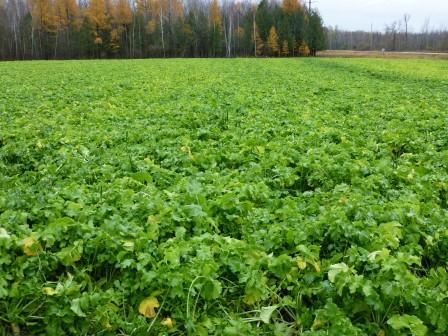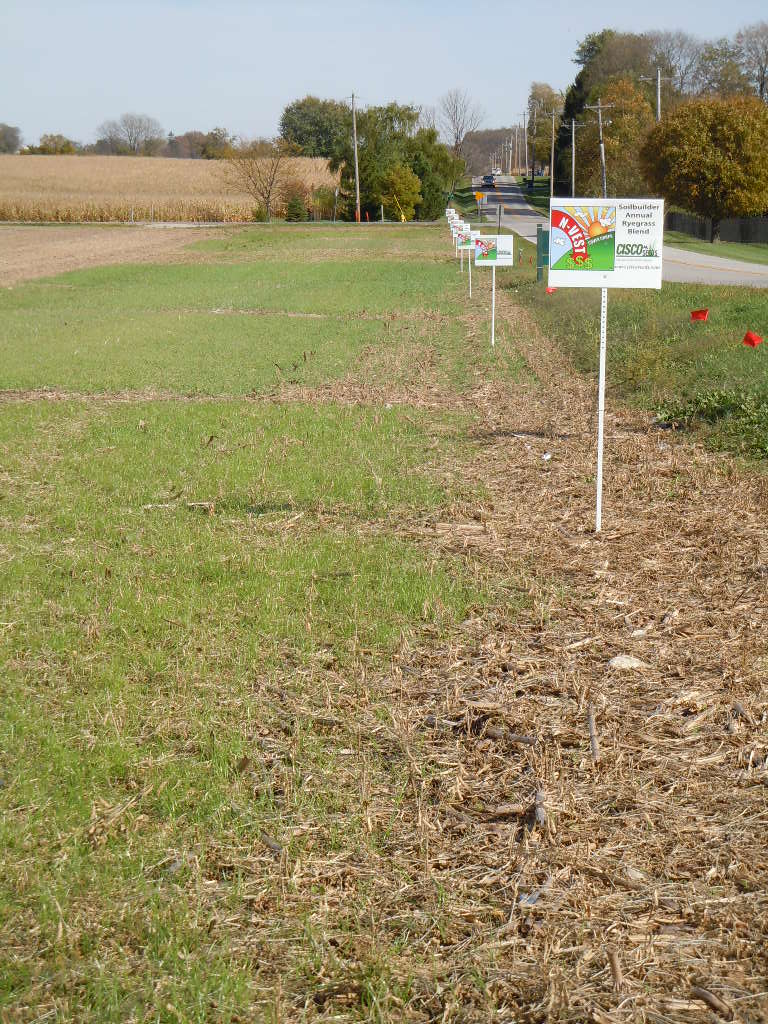Calibrating Seeder for Multi-Species Cover Crop Mix
Calibrating your seeder for a multi-species cover crop mix can be tricky business. In this video, Dustin Johnson shows how he’s set up his system for success.
Calibrating Seeder for Multi-Species Cover Crop Mix Read More »



